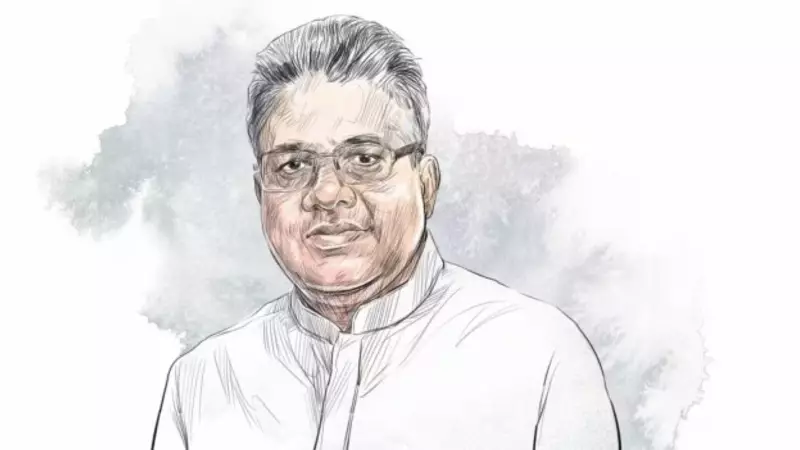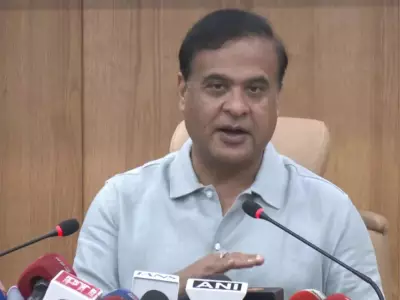
Delhi's political heartbeat is creating unique rhythms across the city's traffic landscape as Parliament's winter session enters its crucial phase. The capital's streets are witnessing an unusual pattern of political movements that's turning heads and slowing traffic in equal measure.
The Great Delhi Detour
Regular commuters might have noticed something peculiar around key political zones. Unlike typical traffic snarls, these patterns follow a distinct political calendar. When Parliament is in session, certain routes experience what locals now call 'political peaks' - specific times when ministerial movements create temporary but significant traffic adjustments.
Timing is Everything
The most fascinating aspect? These movements aren't random. They follow a precise schedule that aligns with parliamentary proceedings. Morning sessions see concentrated movement toward Sansad Marg, while evening hours witness the reverse flow as politicians return to their constituencies or attend pressing engagements.
What makes this particularly interesting is how Delhi's administration has learned to anticipate these patterns. Traffic police have developed an almost intuitive understanding of political schedules, deploying personnel strategically to minimize public inconvenience while ensuring smooth passage for elected representatives.
Beyond the Obvious Routes
While most attention focuses on Parliament Street and surrounding areas, the ripple effects extend much further. Political movements affect:
- Central Delhi's diplomatic enclaves
- Key ministerial residence areas
- Important government buildings
- Major hotel districts where political meetings occur
The city has developed its own silent understanding of these patterns. Regular commuters have learned alternative routes, while businesses along these corridors plan their schedules around political timetables.
A Delicate Balancing Act
What appears as simple traffic management is actually a complex coordination exercise involving multiple agencies. From security details to protocol officers, numerous stakeholders work behind the scenes to ensure that democracy's business continues uninterrupted while maintaining the capital's daily rhythm.
The coming weeks promise even more activity as important legislative business picks up pace. Delhi's streets will continue to tell the story of a nation's democracy in motion - one traffic adjustment at a time.





